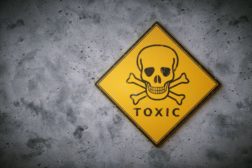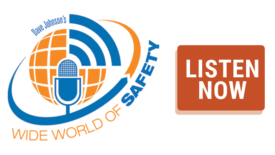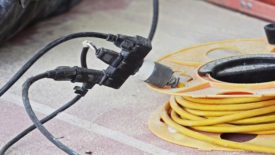Facility Safety
This topic deals with machine guarding, housekeeping, forklift safety, showers & eyewashes, LOTO, flooring, fire safety, security, and emergency response.
Looking for suppliers? See our Buyers’ Guide
Looking for suppliers? See our Buyers’ Guide
ARTICLES
EVENTS
DOCUMENTS AND FILES
Never miss the latest news and trends driving the safety industry
eNewsletter | Website | eMagazine
JOIN TODAYCopyright ©2024. All Rights Reserved BNP Media.
Design, CMS, Hosting & Web Development :: ePublishing
















